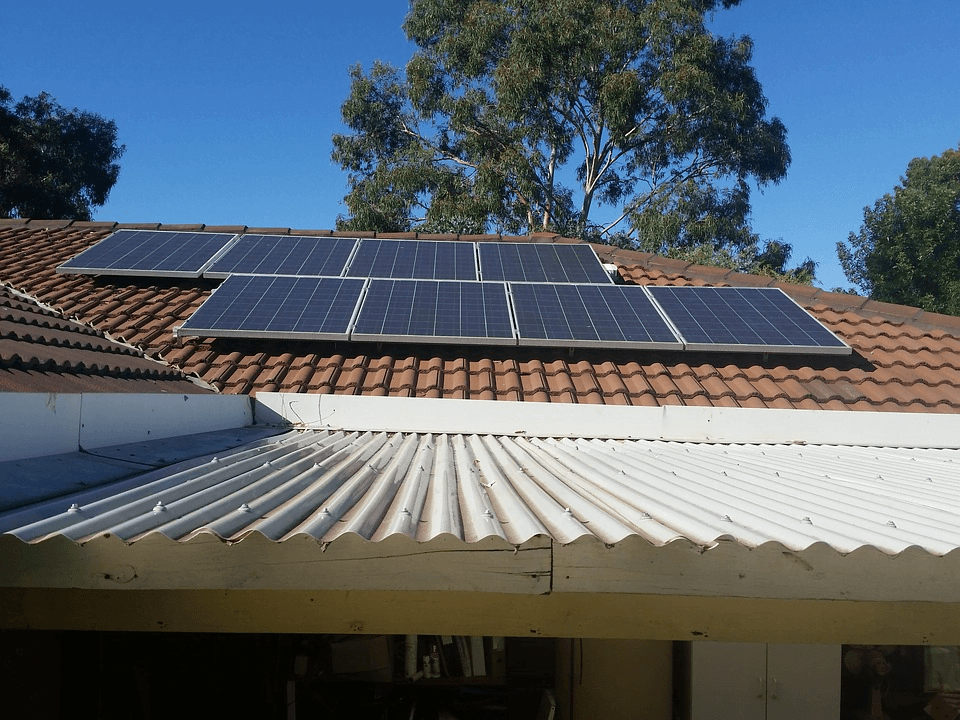Home Feed-In Tariffs Feed in Tariff Rental Property
Feed in Tariff For Rental Properties
When you’re leasing or shifting into a spot equipped with solar panels, figuring out the feed-in tariffs is essentially the last piece of the puzzle to understand, once you’ve sorted the details regarding solar rebates and finalised the lease agreement.
Feed-in tariffs are essential to the whole thing coming together. It all depends on who is paying for the power, but it is advised that the tenant pays for the power, and they receive the feed-in tariff from the energy supplier.
Keeping the tenant’s name on the bill and having them pay the excess usage incentivizes them to pay attention to power consumption and not abuse the system.
Table of Contents
ToggleHow does the feed-in tariff work?
All solar system’s energy is produced throughout the day when the sun is shining. However, 70% of all household energy is consumed at night.
Instead of installing a battery to store the power, you send the excess power to the grid, which your energy supplier will give you credits for (feed-in tariff) and send to you at night when needed.
Feed-in tariff for renters
This is not as tricky as it sounds. The landlord installs the solar panels and adjusts the rent slightly higher ($20 per week on average), while the tenant enjoys power at a 90% discount ($40 per week average saving).
This is a win-win for both the tenant and landlord. For this arrangement to work, the tenant must pay the power bill and receive the feed-in tariff from the energy supplier.
How do I know my feed-in tariff?
This is something you will need to check with your current power supplier and also shop around. We have a full list of energy suppliers with the best feed-in tariff rates here.
Benefits of a feed-in tariff to rental properties
- Encourage the installation of solar power on rental properties.
- Reduce your tenant’s electricity bill significantly
- Increases the ROI for solar panels.
- Ensures that excess solar power is used.
- Those who do not have solar battery systems can export their surplus solar energy instead of wasting it.
Factors to consider when choosing solar panels for your rental property
- Cost of the solar panels. There are a variety of solar panel brands in the market. They vary in price as well as quality. Carry out extensive research to ensure you get the right panels for your money.
- Size of the home. The larger the rental, the larger the solar panel capacity needed. Larger homes have more electricity consumption. Therefore, the high demand for solar power can be solved by a large-size solar system.
- Size of the roof. If you have a large roof, it can hold more solar panels of different sizes. A small roof can only fit a few solar panels. The more panels you have, the larger your solar system.
- Power consumption. The higher the power consumption, the more solar panels you require to produce sufficient power.
- Your installer. Get at least three quotes before you settle on a particular installer. Also, ensure that you hire a CEC-accredited installer. It helps you get rebates on installation and ensures that your solar panels are correctly installed.
- Durability. Solar panels last up to 25 years. Check the warranty and ensure that it indicates how long the solar panel is likely to last. Purchase only solar panels with a guaranteed long life.

Difference between a solar rebate and feed-in tariff
A solar rebate for renters is money given by the federal government when purchasing and installing your solar panels.
A rebate reduces the purchase and installation price of a solar panel system.
A feed-in tariff is an amount paid by your energy provider for excess solar power exported to the grid.
Because 100% of solar energy is produced throughout the day, but we use 70% at night, we need somewhere to send the excess power. Energy suppliers take that extra power and pay you a credit (feed-in tariff). The power is returned to you at night for a slightly inflated price.
Table of Contents
Toggle




